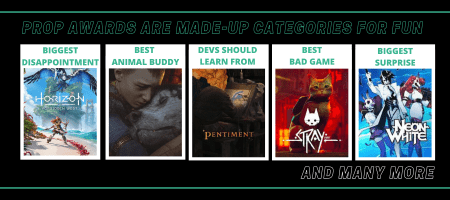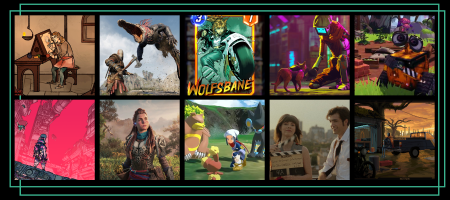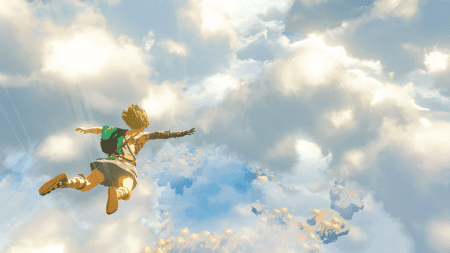We gather together, once again, to take part in the greatest of all annual traditions: talking about the best things we watched, read, listened to, and played over the past 12 months. There’s no better way to sow discord among your overzealous friends in various group chats (and on social media) than for many publications and individuals to tell you what they liked most and for you to angrily shout, “I DISAGREE!”
I’d say 2022 in gaming was generally better than 2021. It gave us a nice balance of AAA behemoths, cutesy Nintendo fare, indie darlings, and bizarre spinoffs, and many of its finer offerings will remain in the “gamer discourse” for years to come. More than anything else, this aspect is what separates 2022 the most from 2021; we can all argue about the quality or quantity of each year’s releases, but it feels like there’s more to say and more to remember about 2022 in gaming.
Ranking the Best Games of 2022
It’s impossible to play everything in a given year, but I think I played enough of 2022’s biggest releases to have a solid grip on how this year went. Overall, I think the top end of this year’s list (roughly the top eight to 10 games) is as good as most years I’ve experienced, even if very little of what I played was all-time excellent. It’s impossible to say for sure how anyone will remember certain games years from now, but I have a feeling some of the best works of the last 12 months will resonate for a while.
Regardless, there were many standouts in 2022, both good and bad, and I plan to (as I always do) list every single game I played this year and place them all in tiers, with the lowest tiers containing the worst games and highest tiers (obviously) containing the best. The parameters, as always, are:
– Every game I played this year (not including ports/remasters) will be placed on a list according to several quality tiers. (Games I played for just a few minutes and bounced off, such as Prodeus, do not count.)
– Each tier will list games in alphabetical order, and the best game in each tier will receive special honors (save for the lowest two tiers and the penultimate tier).
– The lowest tier (Anti-Game of the Year) and highest tier (Game of the Year) will obviously each contain only one game.
(For the sake of clarity, here are some notable 2022 titles I have not played: Citizen Sleeper, Pokémon Scarlet/Violet, Norco, Bayonetta 3, Xenoblade Chronicles 3, Stray, LEGO Star Wars: The Skywalker Saga, Sifu, MultiVersus, OlliOlli World, Rollerdrome, Marvel’s Midnight Suns, Gran Turismo 7, Vampire Survivors, Overwatch 2, Signalis, Somerville, Disney Dreamlight Valley, High On Life, Crisis Core: Final Fantasy VII Reunion, and Sonic Frontiers.)
Anti-Game of the Year
The worst game I played this year, period.

Diablo Immortal
I don’t want to say any more about why this clunky eyesore of a game was this year’s worst. It’s just bad!
Ugh Fine I Guess
This tier includes my (other) least favorite games of the year. These games aren’t necessarily bad (all include some notably positive qualities), but none of them deserve to be honored too far above being “not terrible.”

A Plague Tale: Requiem
Requiem certainly wins “Most Disappointing Game” for me this year, since I really enjoyed its predecessor Innocence. Unfortunately, the sequel’s approach to gameplay suggests that developer Asobo misunderstood what made Innocence special: slow, high-stakes stealth, and action sequences led by children who don’t really know what they’re doing. Requiem tries to be a more traditional AAA action game, but its combat mechanics are poorly designed and the stealth sections suffer as a result.
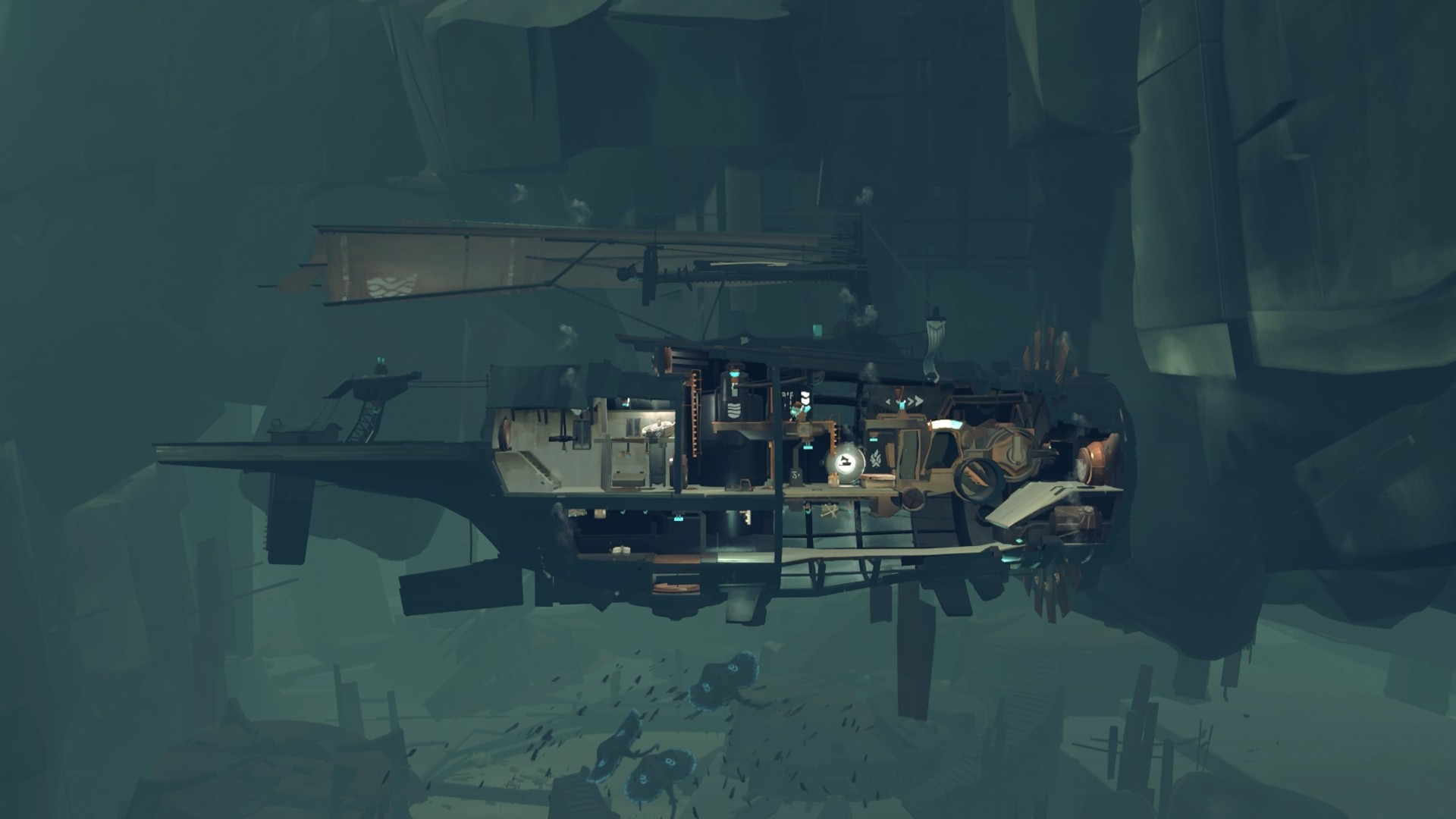
Far: Changing Tides
This side-scrolling indie about boating has visual flare, calming music, and pretty basic controls, but too many platforming sections are bland, and looking for junk to crush into fuel feels like a chore.

Horizon Forbidden West
For most of the year, I actually had this game in a higher tier, mostly due to its gorgeous world design, fun robot dinosaur battles, and lovable side characters. But as time went on, all I could remember specifically about Forbidden West were the boring side quests, awful human-vs-human combat, vast swathes of emptiness, and story that leans heavily on tired tropes (including indigenous stereotypes and generic action-movie fare). Forbidden West certainly has its high points, but it fails to evoke any lasting emotional connection.
Literally Pretty Good
Named after NFL analyst Cris Collinsworth’s confusing description of a decent-but-not-excellent football player, this category is for games that are somewhere between slightly above average and flat-out good. Every game on this list is worth a try, but no masterpieces are to be found here.
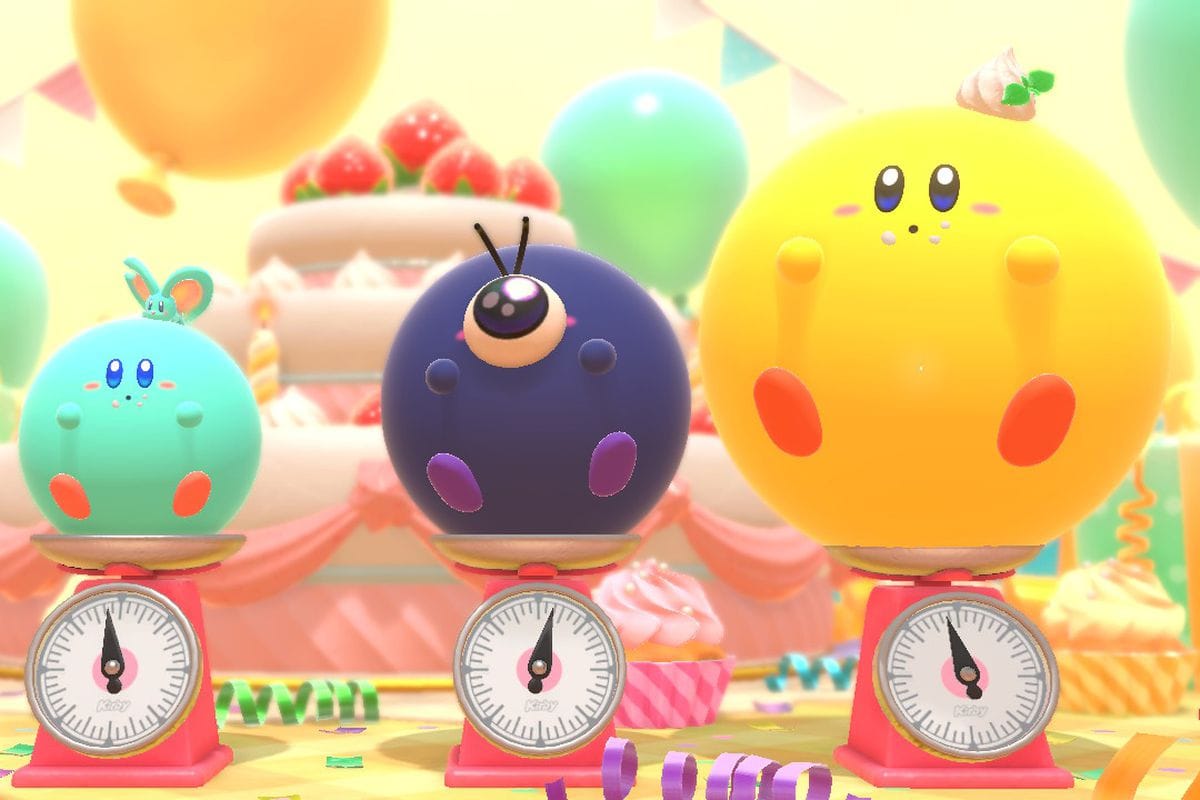
Kirby’s Dream Buffet
Nothing about this charming little Nintendo spin-off screams “amazing” or “super original,” but Kirby’s Dream Buffet offers plenty of chaotic moments of pure fun, adorable and bright visuals, and replayability. Sometimes, it’s OK to just enjoy a decent but not outstanding multiplayer experience about eating lots of strawberries.
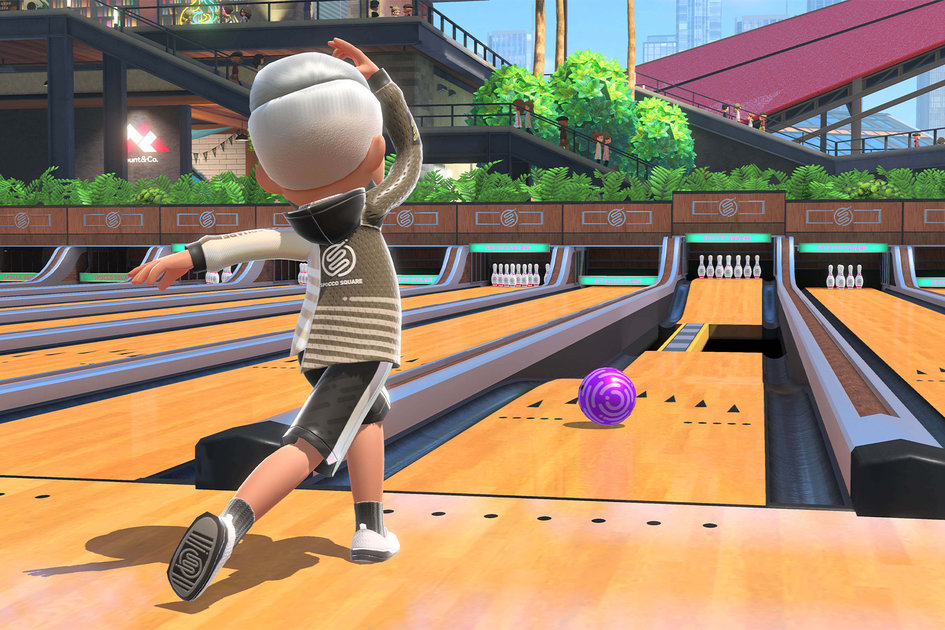
Nintendo Switch Sports
Nintendo’s latest sports offerings have been polarizing to say the least, and Nintendo Switch Sports is no exception. It launched with only a handful of sports (golf didn’t come until roughly seven months after launch), limited online multiplayer options, and some intriguing but largely unimpressive cosmetic options. That said, there’s nothing quite like nailing a volleyball spike, acing a serve, or bowling a strike using motion controls. Switch Sports could (and should) have been a lot better, but I had a great time with it.
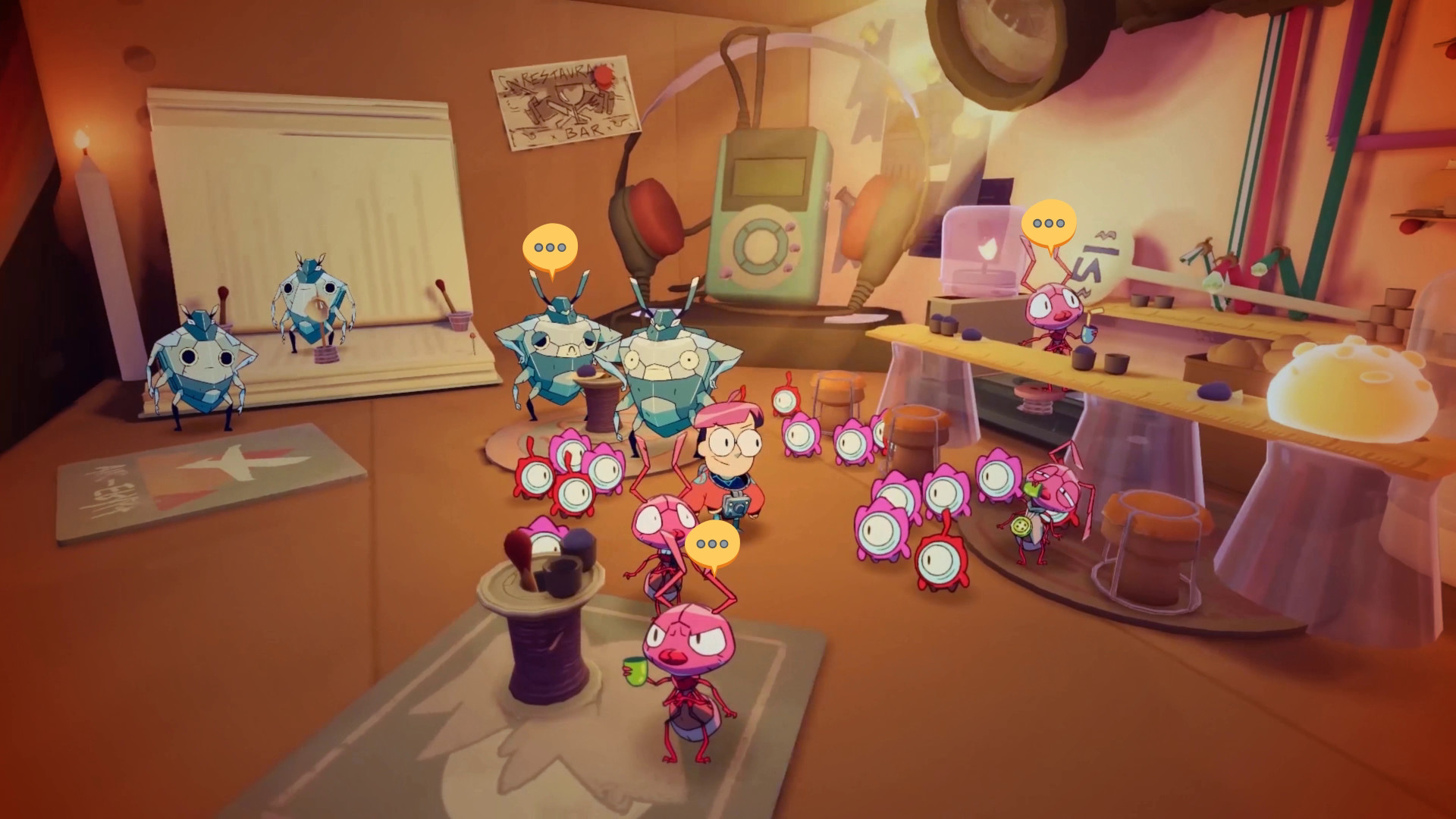
Tinykin (Literally Pretty Good Game of the Year)
This indie mashup of Pikmin and Banjo-Kazooie offers rock-solid puzzle-platforming challenges in a lovely collectathon environment reminiscent of Honey, I Shrunk the Kids. At its best, Tinykin reminded me of the golden age of 3D platforming, with secrets and goodies awaiting me at every corner. At its worst, however, the game can be a frustrating mess riddled with imprecise controls, a bland story, and forgettable music. Overall, though, the good outweighs the bad, making Tinykin this year’s best of the pretty good.
Solid As Heck
Also not a list of masterpieces, this tier includes games that are very good and worth your time and emotional investment. Imagine the games on this list as a really solid diner burger; not life-changing, but hits the spot.
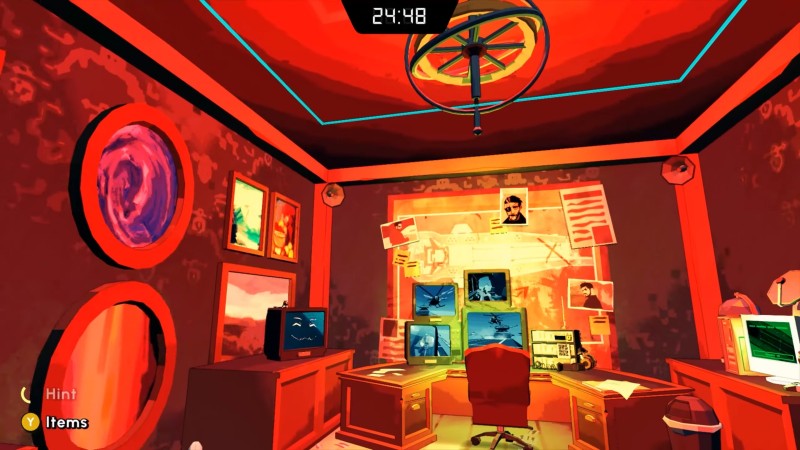
Escape Academy
Escape Academy essentially asks the question, “What if solving escape rooms were a lifestyle?” Making my way through elaborate puzzle boxes in this game (in partnership with my wife, who jotted down notes on a legal pad the whole time) was a blast, even if some of the challenges were a little obtuse and some of the visuals were misleading. The game, while a little rough around the edges, is a must-play for people who love brain-busters and wish escape rooms could be unreasonably large and intricate.
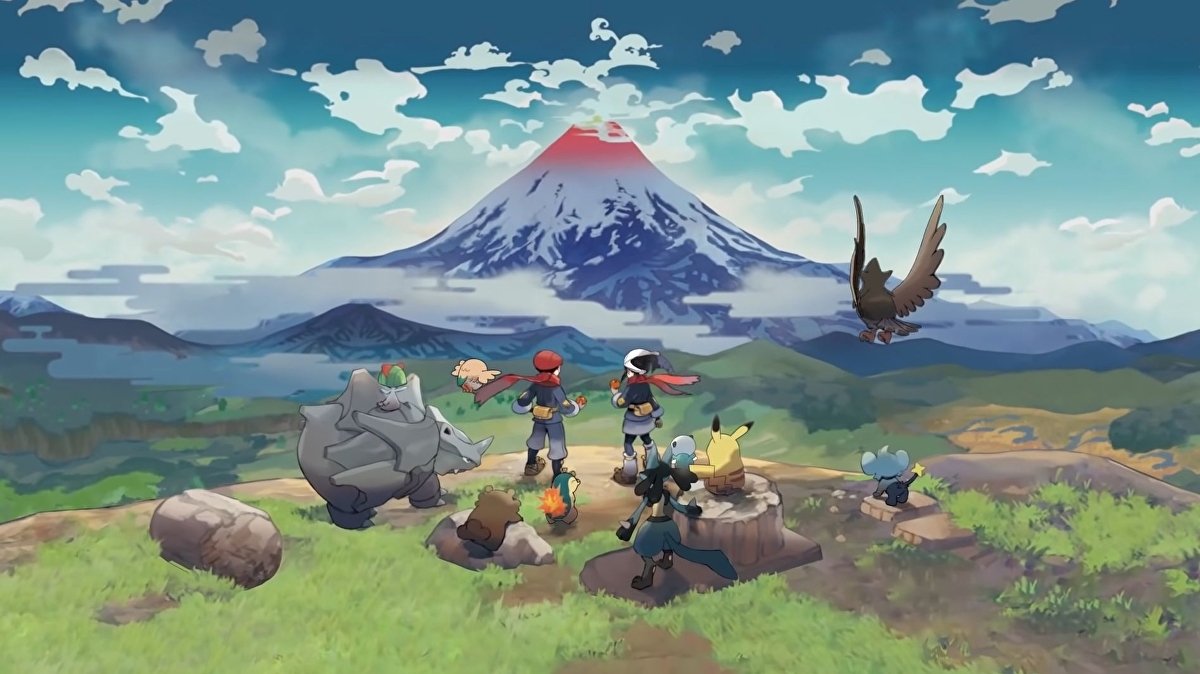
Pokémon Legends: Arceus
Arceus might be the worst good game of 2022. The sluggish performance mixed with unpolished graphics, tons of pop-in, and numerous bugs makes the whole experience feel under-baked, and the endless dialogue (sans voice acting) slows all narrative momentum to a grinding halt.
That said, I loved playing through this game. The actual monster-catching mechanics are a dream, the improved battle systems make each encounter much more engaging, and the more exploratory nature of the worlds made me genuinely excited about Pokémon in a way that I hadn’t felt in nearly a decade. I’m not confident Game Freak will fix any of Arceus’ problems in future releases, but I’m grateful for the new direction, and I hope the next Legends title (if there is one) keeps the momentum going.
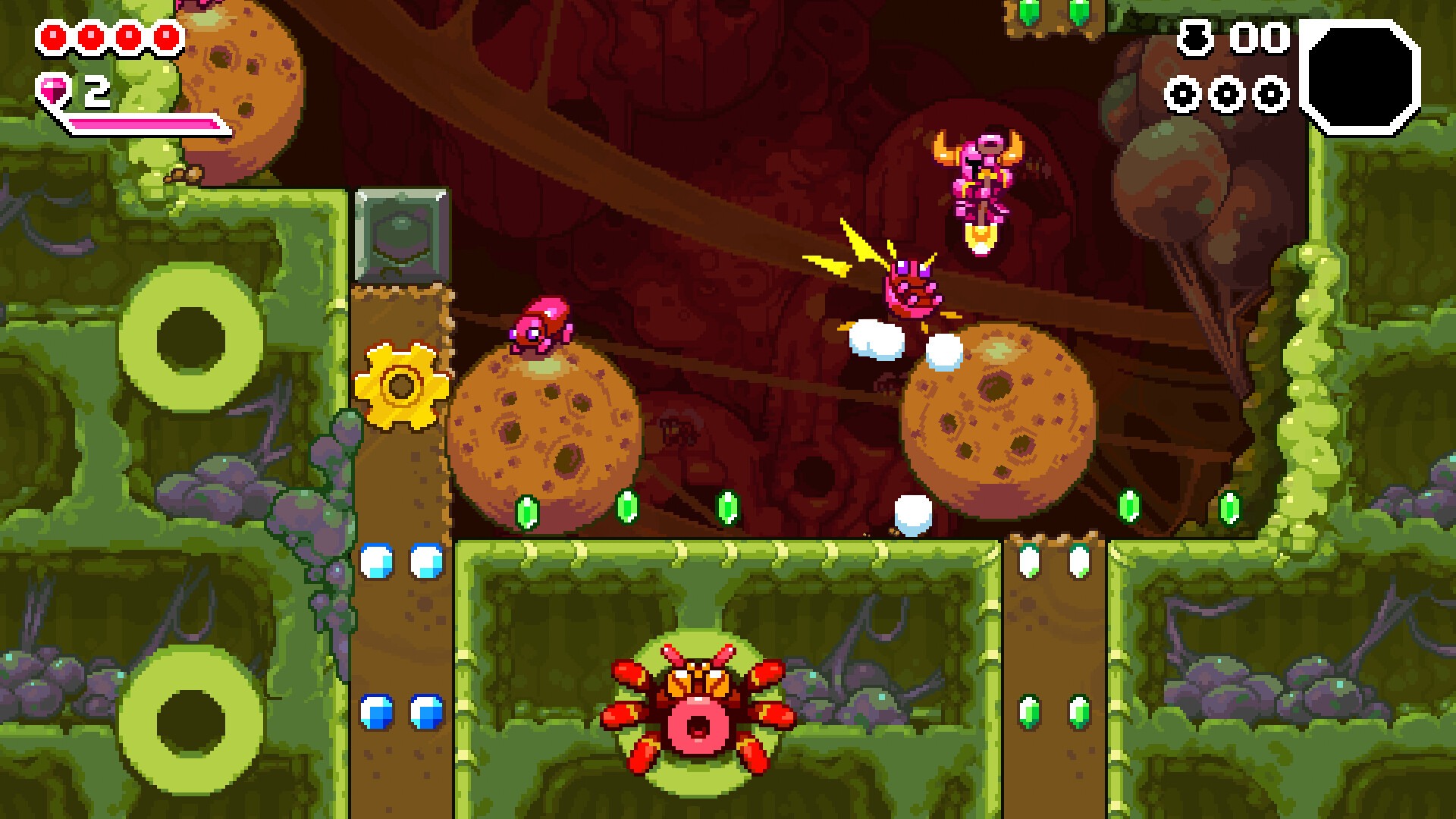
Shovel Knight Dig (Solid as Heck GOTY)
At first I was skeptical about turning an excellent indie platformer series into yet another roguelite, but Shovel Knight Dig managed to present new ideas to the franchise without compromising on what made the original games so special. The movement and combat mechanics in Dig are sensational, the roguelite systems are integrated seamlessly into the level design, and the writing and character design remain as charming as ever. Even in a genre known for repetition, Dig feels a little too short, but it’s a really good time, and one I would recommend to anyone who likes either platformers or roguelites.
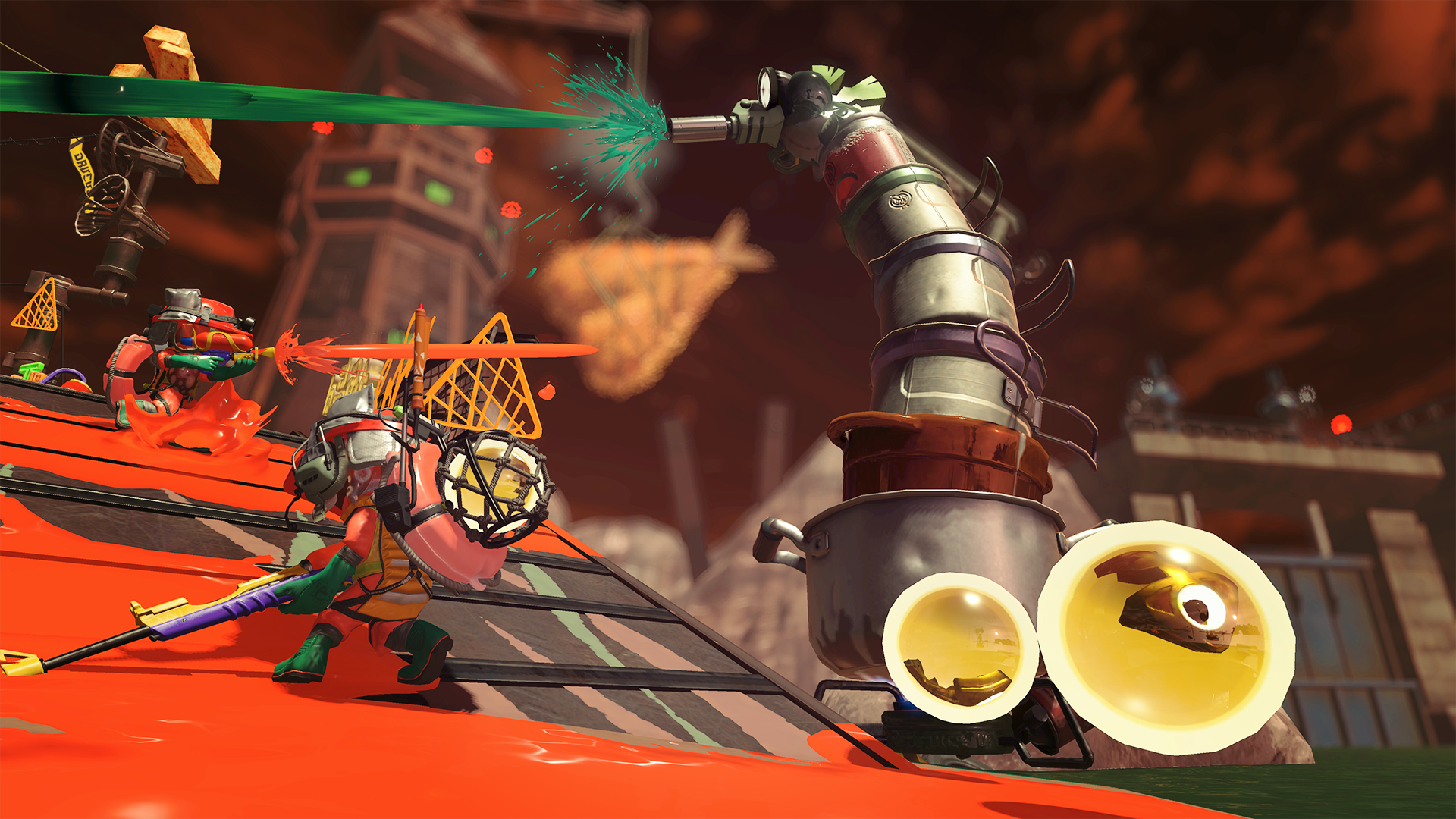
Splatoon 3
Splatoon 3 is a terrific sequel, with improved mechanics, visuals, and a more in-depth single-player mode than its predecessors. While nearly every aspect of this game is a delight, I can’t in good faith put it in a higher tier, since it’s mostly an improved version of the prior games and brings very little new to the table (though I really enjoyed tableturf battle, or as my wife calls it, “Splatetris”).
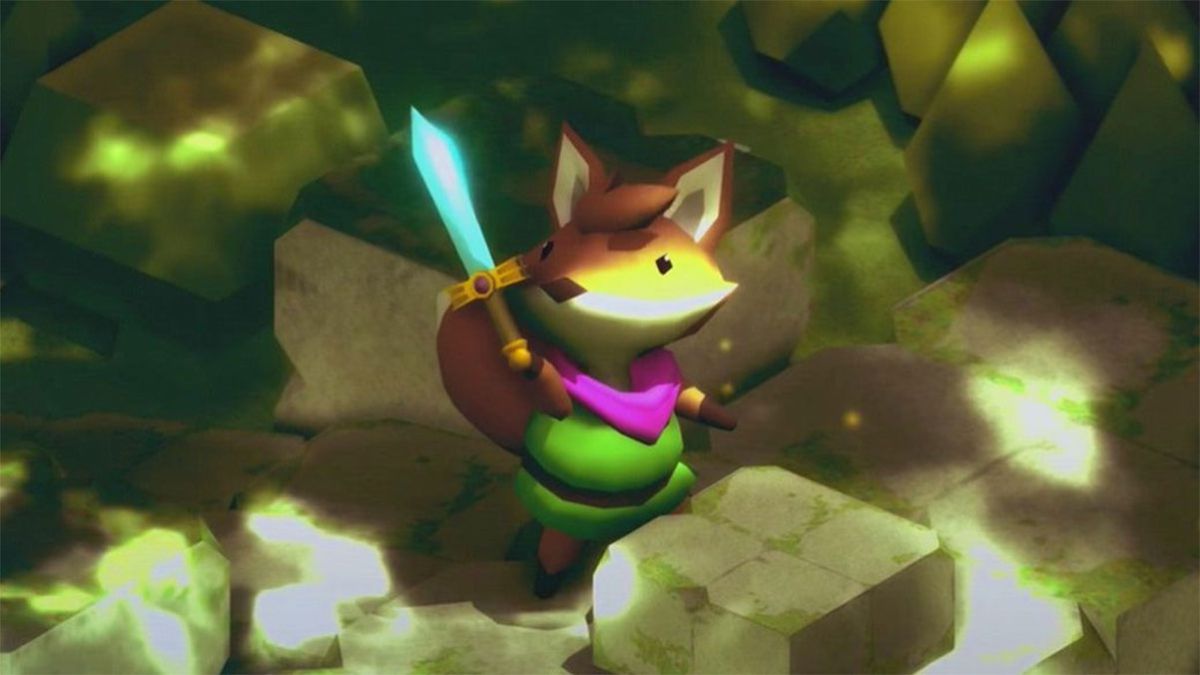
Tunic
Tunic is a very good game that’s ALMOST an amazing one. The beautiful art direction, sharp focus on non-linear exploration, and brilliant approach to tutorials make for a fun, engrossing, and novel experience. Unfortunately, clunky and imprecise combat bog down the experience, and the trance-y soundtrack becomes a tad grating after a while. Still, Tunic is a remarkable and impressive debut for developer Andrew Shouldice, and I can’t wait to see how he builds upon such ideas in the future.
Genuinely Great
Now we’re talking! All of these games are really, really good, and I would recommend them to just about anyone. Maybe none of them are GOTY material, but all are more than worth your time.

As Dusk Falls
Choice-based narratives are a dime a dozen these days, but As Dusk Falls’ clever design philosophy allows for an experience filled with constant tension, instant regret, and a redefinition of what it means to “progress” in a game. Even though certain segments of the story fall into the familiar trap of clear and obvious outcomes, the vast majority of the game tasks the player with making split-second decisions, leading to results that are largely impossible to predict. Combine that gameplay approach with a unique visual style, great writing, and solid voice acting, and you have one of this year’s best story-driven titles.

Mario + Rabbids: Sparks of Hope (Genuinely Great GOTY)
Superior to its predecessor in nearly every aspect, Sparks of Hope elevates the XCOM-style gameplay of Kingdom Battle and expands upon this bizarre spinoff series’ narrative and worldbuilding potential. The game offers a wide variety of new possible abilities through the collection of adorable Sparks (basically Rabbid versions of Lumas from Super Mario Galaxy); the battles involve more fluid movement and fighting options; each world is more explorable, with myriad side quests and puzzles; and the story, while not especially original, at the very least introduces new characters and environments, making Sparks of Hope feel much more like its own universe with its own set of rules.
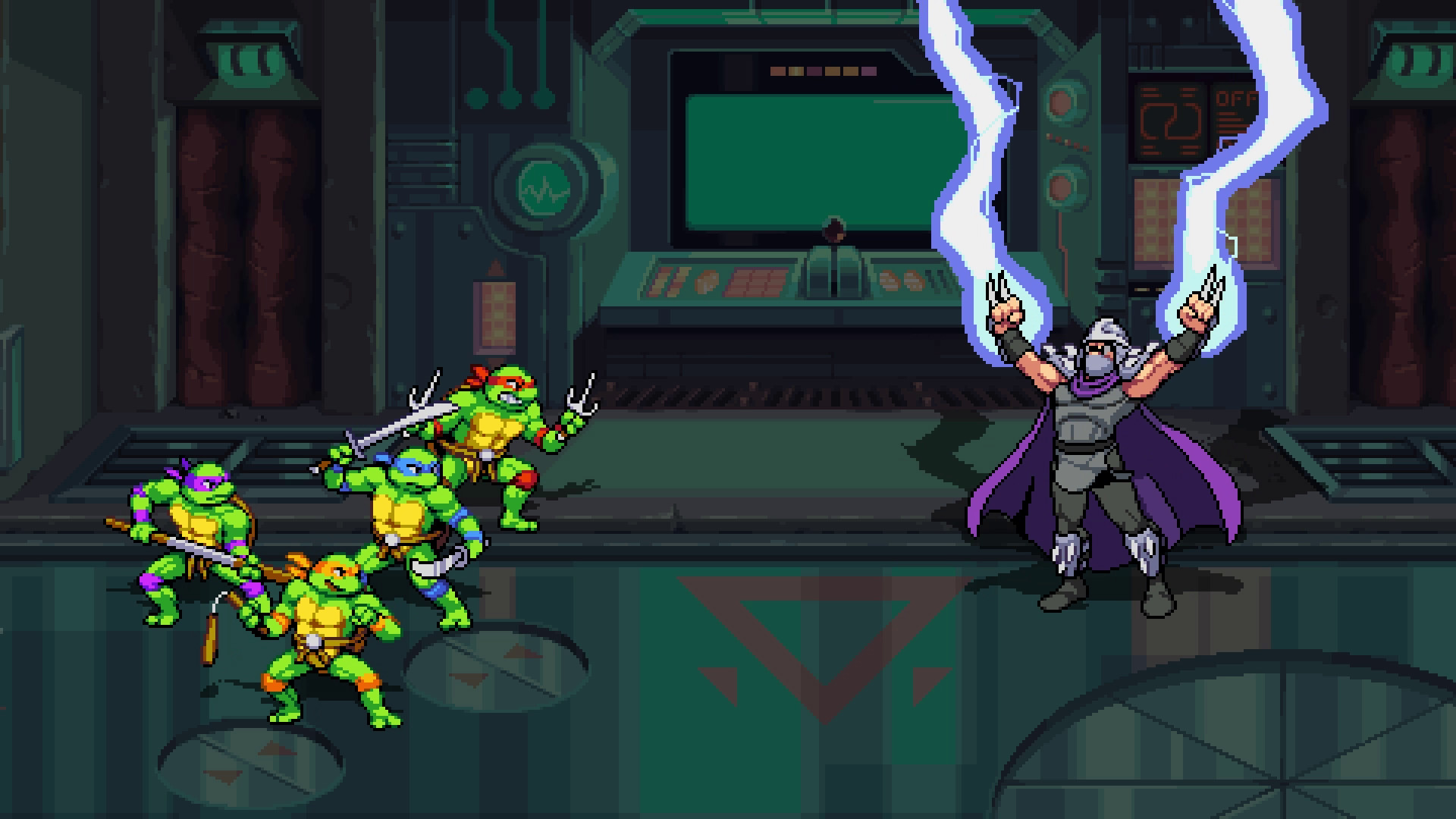
Teenage Mutant Ninja Turtles: Shredder’s Revenge
Shredder’s Revenge means so much to me, and not just because I’m a ’90s kid who has played through Turtles in Time on the Super Nintendo dozens of times. The dazzling, explosive, and charming brawler proves that classic arcade-style gameplay and level design can still make for an incredibly fun time, and that these kinds of games will always be relevant to the broader gaming culture. During an era of gaming largely defined by enormous open worlds, ray tracing, performance modes, skill trees, and Sad Dads, Shredder’s Revenge reminds us that the kinetic purity of walking in one direction and beating up baddies with a flashy yet limited arsenal of attacks still rules, and always will.
Hall of Curtis Granderson
This tier is named after former MLB star Curtis Granderson, who had about as good a career a baseball player could have without any real chance of making the Hall of Fame. All of these games are awesome, but just miss being in the GOTY discussion.
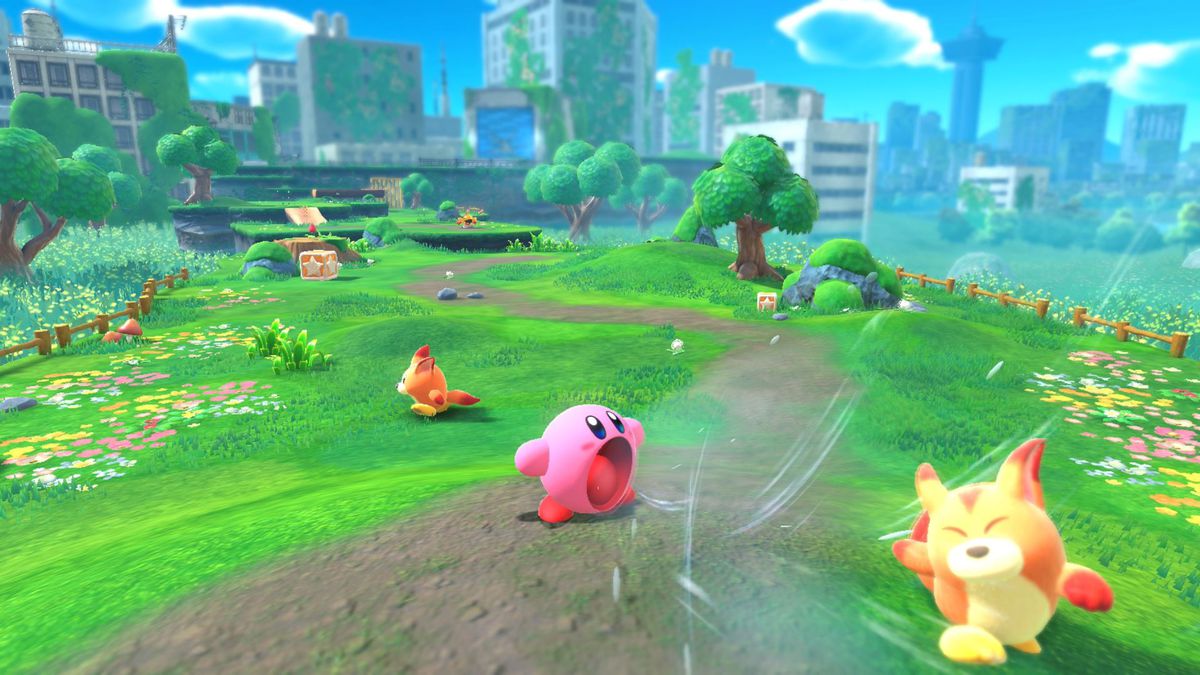
Kirby and the Forgotten Land
Kirby has long existed as one of Nintendo’s most consistent game franchises, yet no single entry ever really stood out to me. While I enjoyed the whimsical nature of titles like Crystal Shards, Super Star, and Epic Yarn, each one largely served as something to tide me over until a new Mario game emerged.
Kirby and the Forgotten Land, however, broke that trend, presenting the unique excellence of Nintendo 3D platforming and meshing it with classic Kirby gameplay and level design. Each stage in Forgotten Land teems with charm, offering fun (yet still fairly easy) platforming challenges, tons of lovely secrets to find, and postgame content whose depth and quality rivals that of any 3D Mario title. This is by far the best Kirby game I’ve played, one of the best platformers on the Switch, and something that gave me nearly endless joy.

Marvel Snap
A licensed mobile free-to-play card game has no business being as good as Marvel Snap. Beyond simply being a fun and addicting PvP experience, the game creates a feedback loop that keeps me coming back for more, yet never feels exploitative. Sure, the in-game economy (with multiple currencies) constantly compels me to collect more cards, upgrade them, build new decks, create new strategies, and increase my Collection Level, but ultimately all of that exists in service of making me enjoy playing the game even more, not just offering new ways to extract cash from my pockets. I haven’t spent a dime in Marvel Snap, yet I don’t feel like I’ve really missed out on anything, and I don’t see myself putting this game down anytime soon.
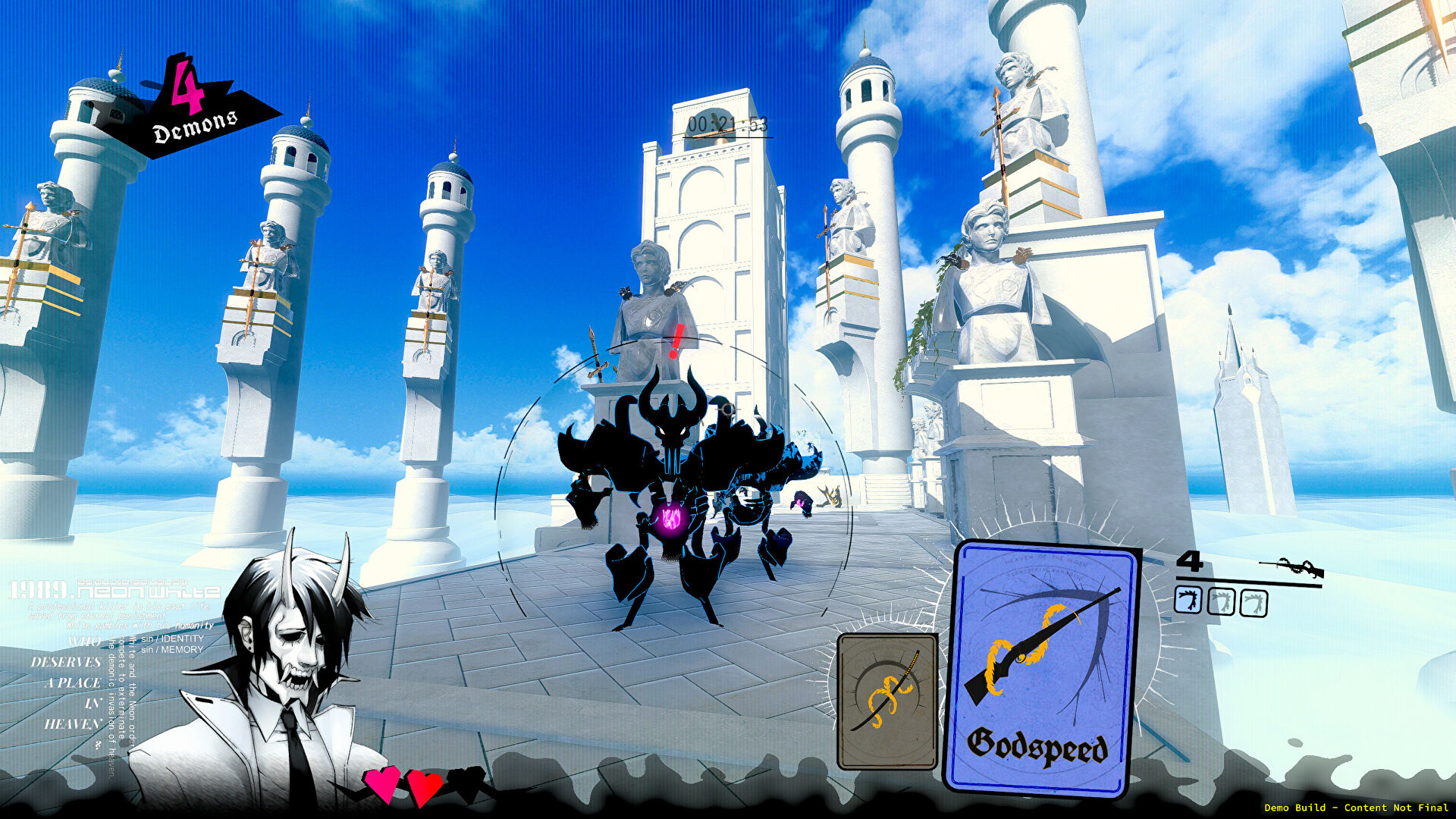
Neon White
If nothing else, Neon White reminded me that games truly excel at being weird. Speedrunning through the demon-infested heavens is a good enough time on its own, but Neon White takes it up a notch at every opportunity. You have bizarre visual novel-style conversations where everyone is wearing kinky masks; a talking celestial cat that smokes a cigar and verbally berates you; gunplay controlled entirely by card collecting; and a plot that kind of fumbles its messaging toward the end yet never has a truly dull moment.
The narrative side of Neon White, in many ways, leaves much to be desired. But the minute-to-minute gameplay in each level is sensational in a way that must be seen to be believed. Mechanics-wise, Neon White is unlike any shooter or 3D platformer I’ve ever encountered, and something I hope inspires the gaming world at large to rethink and reimagine familiar concepts.

Pentiment (Hall of Curtis Granderson GOTY)
I could write thousands of words on Pentiment’s novel approach to mysteries, enchanting art direction, commentary on the limits of religious piety, and discussion of the roles art and literature play in our everyday lives. But what stuck out the most to me about this delightfully experimental title from Obsidian was how much it truly respected its characters, their backgrounds, and their lifestyles.
Narrative-focused games tend to focus on the experiences and perspectives of their protagonists and how they react to the world and people around them. In Pentiment, these people aren’t marionettes or personified plot devices; they’re actual people with wants, needs, and flaws. You see this not just through what font is used when they speak (it’s different for each person), but through the kinds of conversations they have, the clothes they wear, the food they eat, and the relationships they form over time. In searching for answers, the player discovers so many different things about the people of Tassing (a small village in 1500s Bavaria), from their thoughts on the importance of art to whether they even believe in God as much as they say. You see the good and the bad, the right and the wrong, the beautiful and the ugly.
While I wish Pentiment had some more gameplay mechanics to trot out (you mostly just go from place to place talking to people), I was constantly enchanted by its environments and inhabitants. The game brilliantly underscores the idea that so much of history is about actual human beings, what they accomplished, what they failed to accomplish, and how they choose to articulate their own experiences. I learned so much about this little town from actually listening to my peers and caring about their lives, even if I didn’t like every single person. Much like the true stories of Tassing, Pentiment should not be forgotten.
Could Be GOTY in Any Year
The cream of the crop. While none these games are my *actual* game of 2022, each is phenomenal and could have easily been the winner in a different year.
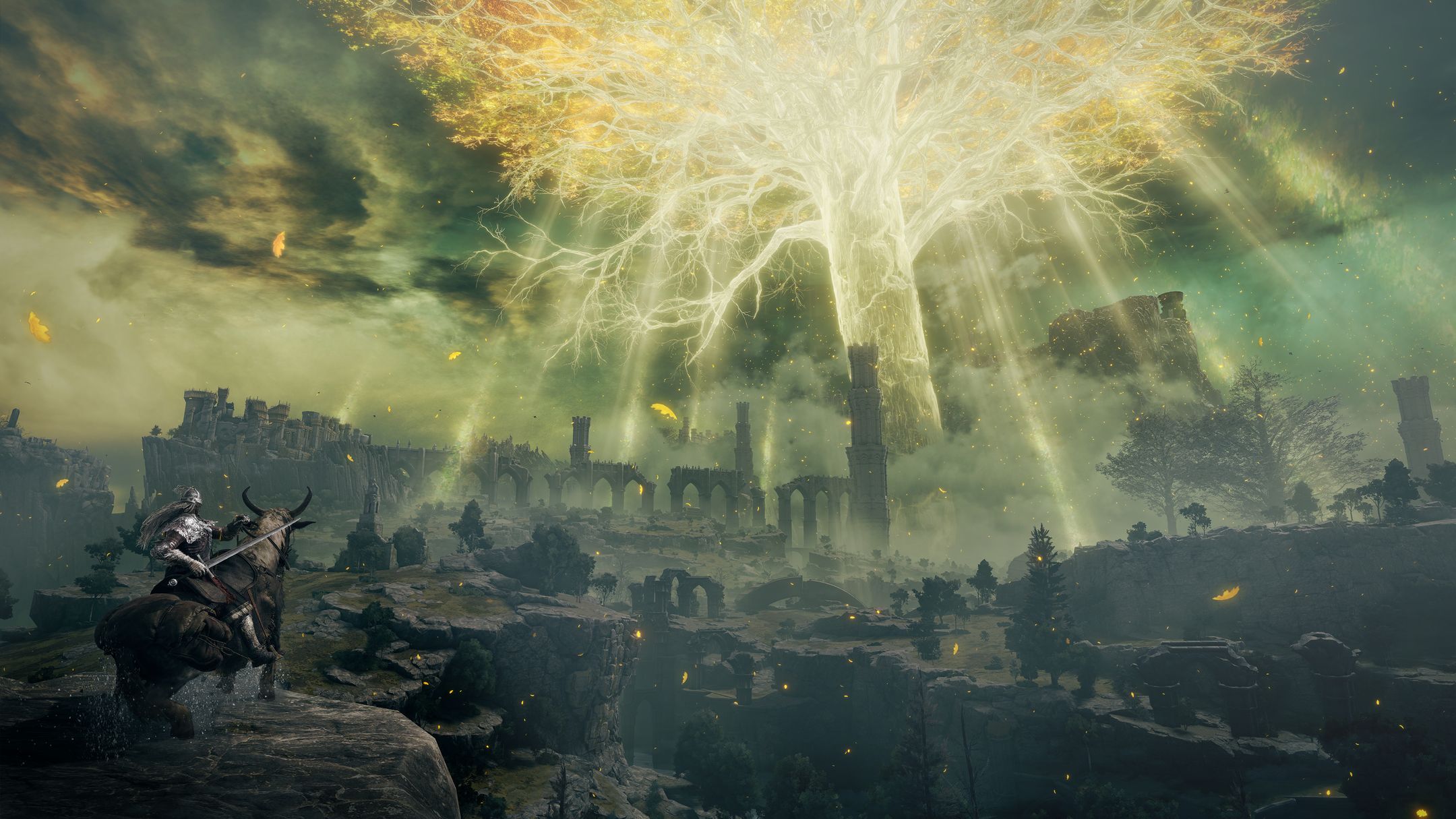
Elden Ring
The latest from the depression simulator experts at FromSoftware will likely win Game of the Year from many publications, and rightfully so. It fits the bill: large, sprawling overworld; impeccably designed combat; stunning visuals and world design; an epic, unforgettable soundtrack; and tons of challenging battles with enormous monsters. Anyone who has played a video game could look at Elden Ring for ten seconds and see another great RPG.
For me, however, Elden Ring does more than just present the next Big Thing in the medium; it reimagines the purpose of these enormous worlds to begin with. Sure, I could have fought my way through the main story, tackling a number of side quests and regions on the way. I could have min-maxed my character into an unkillable machine. What I actually ending up doing, however, was just wandering and seeing what I could stomach until I decided there was nothing else I needed to do.
Typically, the point of a game like Elden Ring is to “beat” it, but I’m not sure that applies here. Elden Ring asks you to create your own purpose, make your own goals, and determine for yourself how much you have achieved and are willing to achieve. I never reached the Mountaintops of the Giants, challenged the Elden Beast, or defeated Malenia. I never had to, because my experience felt complete without all that. I had already achieved the life I wanted to live in Elden Ring: saw as much of the Lands Between as I could, explored to my heart’s content, killed a bunch of bosses, and then retired before everything became tiresome. Elden Ring gives the players the mechanical and narrative tools to make that kind of experience truly feel theirs.
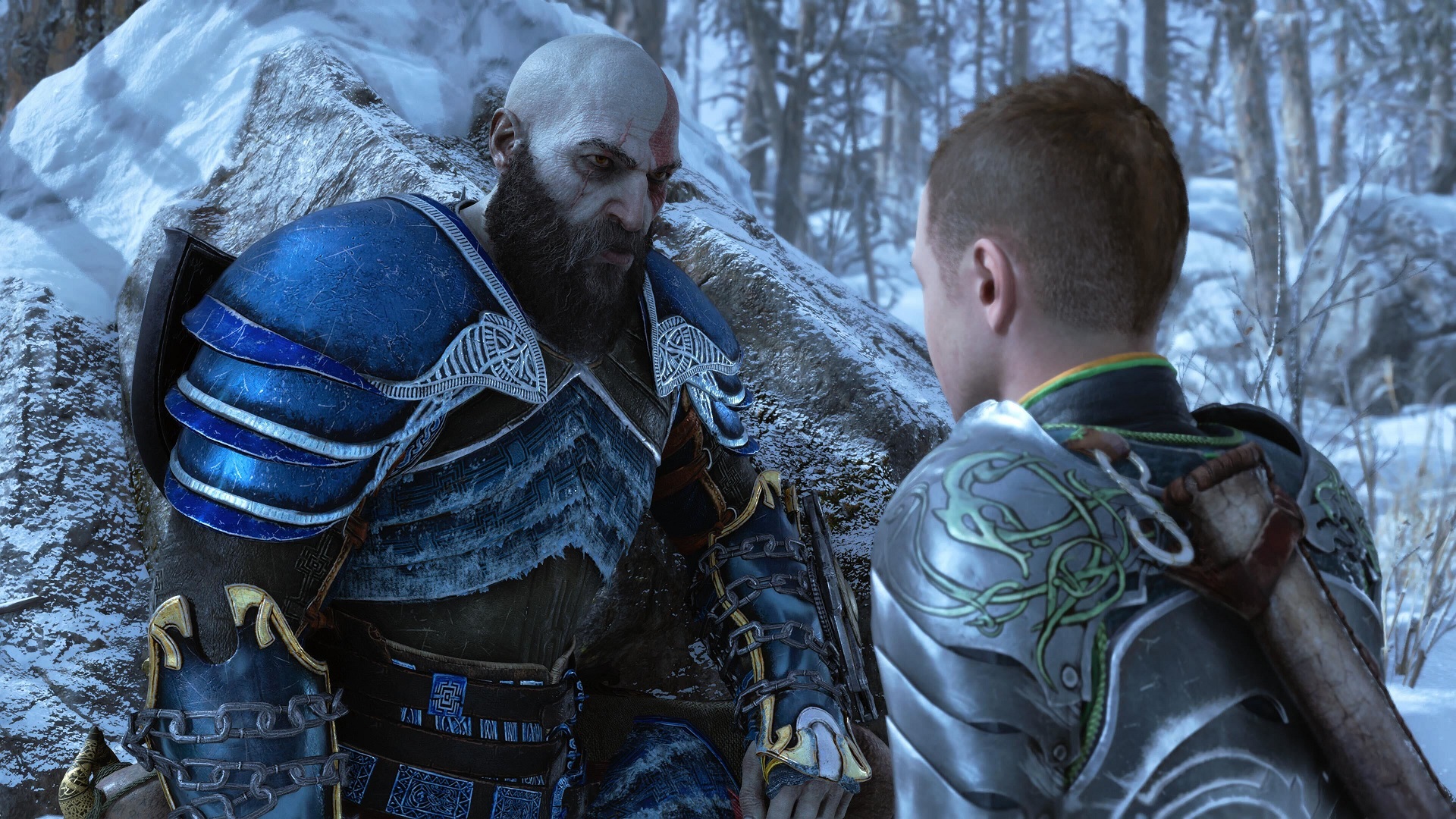
God of War Ragnarök
I just wrote about this game, so I don’t want to repeat myself too much. I will only add this: God of War Ragnarök is the rare example of a major AAA tentpole release that actually manages to achieve nearly everything it sets out to accomplish. Instead of just being a good-looking jack of all trades and master of none, Ragnarök is a touching story with epic moments, roaringly excellent combat, a wealth of worthwhile side activities, and top-notch character writing and voice acting. It’s not really an innovative title, but I absolutely fell in love with it, and will likely play again soon.
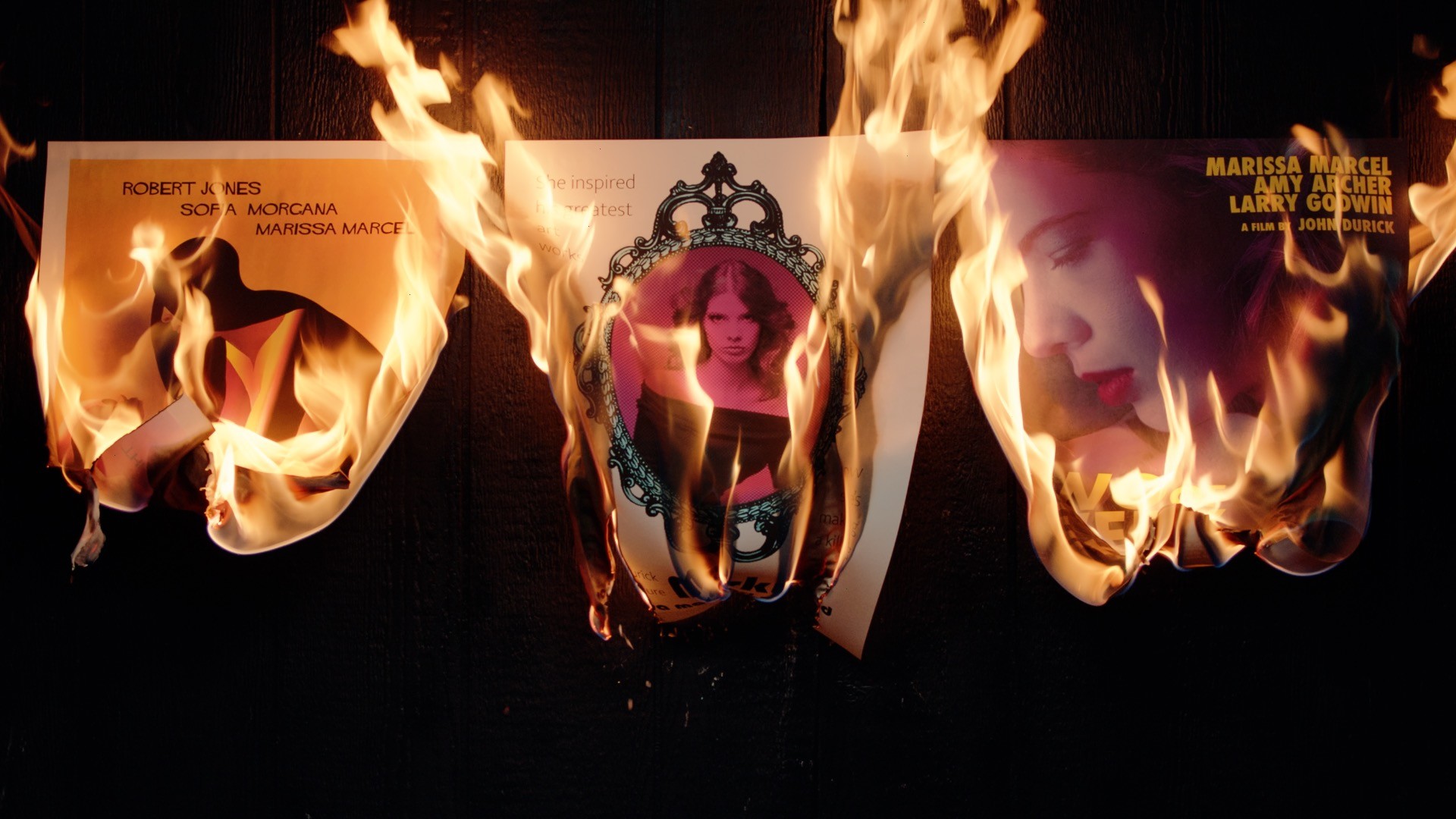
Game of the Year: Immortality
Immortality feels like a major step forward in gaming, but not in any superficial sense. The latest from Half Mermaid exists not as a conduit for online media discourse, a scion of previously under-baked ideas, or the logical next step in any particular genre; it’s a saga unto its own, a work of art meant not just to invoke a wide array of emotions but also to live in our minds for years to come.
Immortality asks questions that can’t be answered in particular, but should rather be discussed and debated. Every clip the player scrubs through contains myriad curiosities, and the purpose of each object and facial expression isn’t abundantly clear, leaving much open to interpretation and allowing the player to reach their own understanding of everything that’s happening.
The game begins with the query, “What happened to Marissa Marcel?” What the player quickly learns, however, is that the actual answer isn’t nearly as interesting as the why. Over the course of Immortality, what started as a quest for answers became a meditation on the creative process, art vs. law, and whether we can truly separate creators from their works. Instead of finding answers, I only found more questions. What is the purpose of art? Why are so many artists convinced that suffering is necessary to make something great? Is the audience’s macabre interest in witnessing such suffering a form of exploitation in and of itself? How much agency do artists actually have? Which people involved in the making of art get to have any agency at all?
The thoughts I had during my playthrough of Immortality have stuck with me for months, and I’m not sure I still understand every single thing that happened. All I know is that when I look back on it, I see a game that respects players’ intellectual curiosity in ways that few other games do. I see a collection of film clips packed with thematic depth, so much so that I didn’t mind scrubbing through each one multiple times. And I see an interactive experience with no interest in telling you how to think, but frequently asking if you’d like to.
As always, I want to thank everyone who reads my articles (and The Punished Backlog in general). Wishing you Happy Holidays and a Happy New Year! Now hopefully we actually get that damn new Zelda game in 2023.
Sam has been playing video games since his earliest years and has been writing about them since 2016. He’s a big fan of Nintendo games and complaining about The Last of Us Part II. You either agree wholeheartedly with his opinions or despise them. There is no in between.
A lifelong New Yorker, Sam views gaming as far more than a silly little pastime, and hopes though critical analysis and in-depth reviews to better understand the medium's artistic merit.
Twitter: @sam_martinelli.








